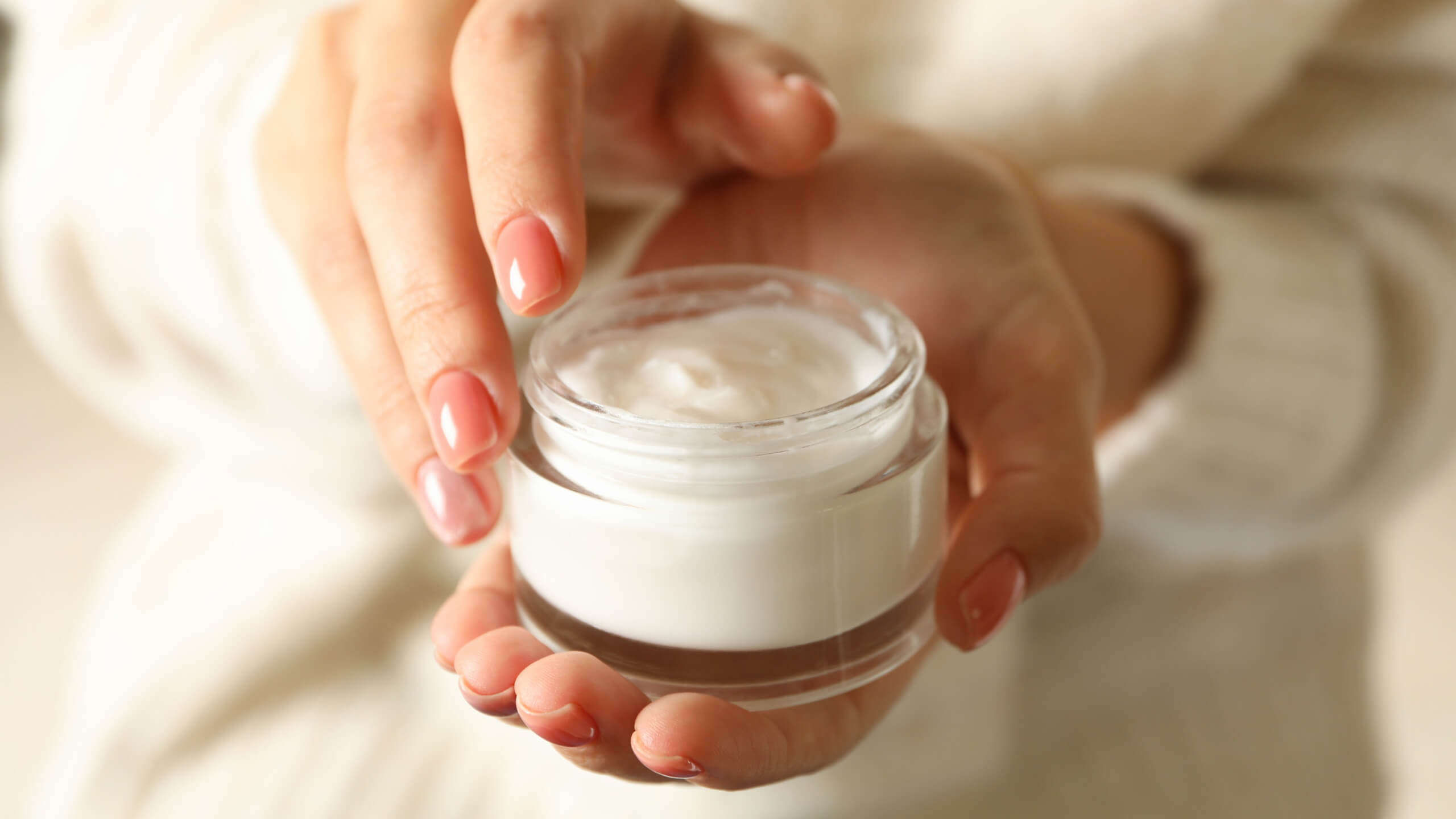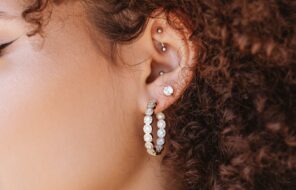A mother in Minnesota noticed a wide range of detrimental symptoms, such as insomnia, muscle weakness, fatigue, and peripheral vision loss. According to a report shared exclusively with CNN released on Nov. 29, these symptoms likely emerged from the use of beauty creams that contained extreme levels of mercury — an ingredient that’s known to lighten skin tones.
The acceptable dosage of mercury in cosmetics is 1 part per million (ppm), but the amount contained in the products found in the woman’s home measured between 4,590 ppm and 18,000 ppm. Recent urine tests also showed exceptionally high levels of mercury in her body and various areas of her home, which became a threat to the entire household, including her children.
Exposure to mercury can be transferred through the environment, skin-to-skin contact, food prepared by someone who uses products with mercury, or clothing worn by them that’s been thrown in the washing machine.
What are the negative effects of mercury toxicity?
Mercury toxicity can have adverse long-term effects on your skin, brain, kidney, liver, and in this case, vision as well. Specific symptoms to look out for include but are not limited to:
- Memory loss
- Vision or hearing loss
- Irritation
- Depression
- Anxiety
- Tingling or numbness in the hands, feet, or mouth
- Tremors
- Fatigue
Be wary of the mislabeling of beauty products
Many products that aim to target skin whitening and anti-aging contain ingredients such as “mercurous chloride,” “calomel,” “mercuric,” “mercurio,” or “mercury,” but oftentimes the labels don’t disclose the complete list of ingredients. According to the FDA, “These products usually are manufactured abroad and sold illegally in the United States, often in shops catering to the Latino, Asian, African, or Middle Eastern communities.”
The primary issue is that consumers can’t physically see the toxic mercury salts added to cosmetic products. If it’s not visible in the product or added to the label, it’s highly misleading.
We spoke with Diane Madfes, MD, who reminded us to be cautious when purchasing cosmetics. “It’s best to stick with products that have research and development behind them,” she said. “With many promises on the internet and natural ingredients, consumers should be wary if a company has no safety testing.”
The FDA also suggests being highly conscientious of product labels. If the product doesn’t contain a label, the ingredients aren’t listed, or the label isn’t written in English, it’s crucial to stay away from such products to avoid potential harm.
The FDA requires all products to provide accurate information. Labels must explicitly state “the name and address of the manufacturer, packer, or distributor, [as well as] the net quantity of contents.” Any misleading or false labels are prohibited in the U.S.





